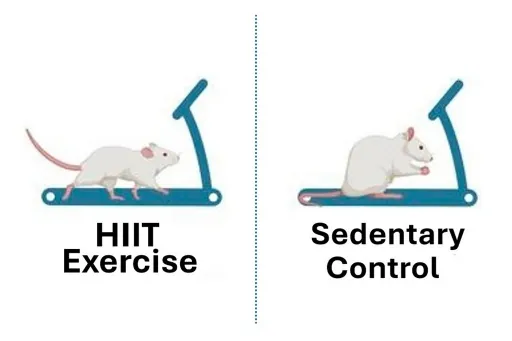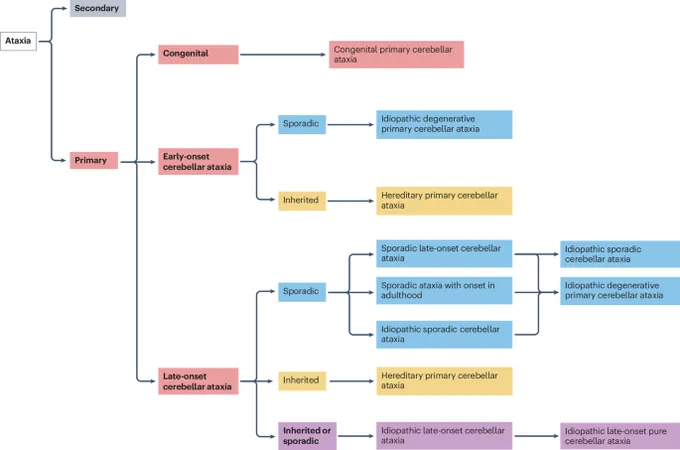
High-Intensity Interval Training: A Game Changer in the Fight Against Adolescent Cocaine Abuse
2025-09-19
Author: Rajesh
Uncovering New Protective Strategies Against Drug Abuse
In a groundbreaking study led by UB neuroscientist Panayotis Thanos, researchers have discovered that high-intensity interval training (HIIT) may offer vital protection against cocaine addiction in adolescents. This revelation highlights a crucial shift in how exercise can be seen not just as a routine activity, but as a powerful tool in combating substance abuse.
The Anatomy of Addiction and Recovery
People in recovery who engage in running programs show promising results, maintaining sobriety and minimizing relapse risk. This significant observation inspired Thanos to dive deeper into the brain mechanisms at play. The study, published on September 17 in PLOS One, delves into the efficacy of different exercise regimens in adolescent male lab rats, the age group where many initial substance use disorders emerge.
HIIT vs. Moderate Exercise: The Clear Winner
Thanos and his team found that HIIT was more effective than moderate exercise at helping adolescent rats avoid cocaine. The rats were subjected to a behavioral test that involved choosing between a chamber associated with cocaine and one associated with saline. Notably, rats that underwent HIIT not only showed a preference for the saline chamber but actively avoided the cocaine chamber—a significant indication of aversion.
The Molecular Mechanism Behind Increased Aversion
This aversion can be attributed to a molecular mechanism linked to exercise. Thanos identified an increase in a transcription factor known as ΔFosB, which serves as a crucial 'molecular switch' in addiction pathways. The study revealed that HIIT led to heightened levels of ΔFosB, substantially driving the animals away from cocaine consumption.
Future Research Directions: Gender Differences in Addiction
Exciting next steps are on the horizon for Thanos and his research team. They plan to explore gender differences in preferences for cocaine, as existing literature suggests female rats may be more susceptible to certain phases of addiction. Understanding how HIIT might influence addictive behaviors in females could unveil tailored interventions.
Potential Transformations in Treatment Approach
Thanos emphasizes that not all exercise yields the same therapeutic outcomes, envisioning a future where exercise is viewed similarly to medication—dose-dependent and personalized. The research signals a transformative shift in addiction recovery methods and opens doors for further studies examining how HIIT affects brain metabolism and decision-making processes.
Collaborative Efforts and Support
Thanos collaborated with an expert team, including Teresa Quattin and several former students, combining efforts from both UB and institutions like Washington University School of Medicine. Their work, supported by the SUNY Research Foundation, pivots the focus toward innovative solutions in combating adolescent addiction.



 Brasil (PT)
Brasil (PT)
 Canada (EN)
Canada (EN)
 Chile (ES)
Chile (ES)
 Česko (CS)
Česko (CS)
 대한민국 (KO)
대한민국 (KO)
 España (ES)
España (ES)
 France (FR)
France (FR)
 Hong Kong (EN)
Hong Kong (EN)
 Italia (IT)
Italia (IT)
 日本 (JA)
日本 (JA)
 Magyarország (HU)
Magyarország (HU)
 Norge (NO)
Norge (NO)
 Polska (PL)
Polska (PL)
 Schweiz (DE)
Schweiz (DE)
 Singapore (EN)
Singapore (EN)
 Sverige (SV)
Sverige (SV)
 Suomi (FI)
Suomi (FI)
 Türkiye (TR)
Türkiye (TR)
 الإمارات العربية المتحدة (AR)
الإمارات العربية المتحدة (AR)